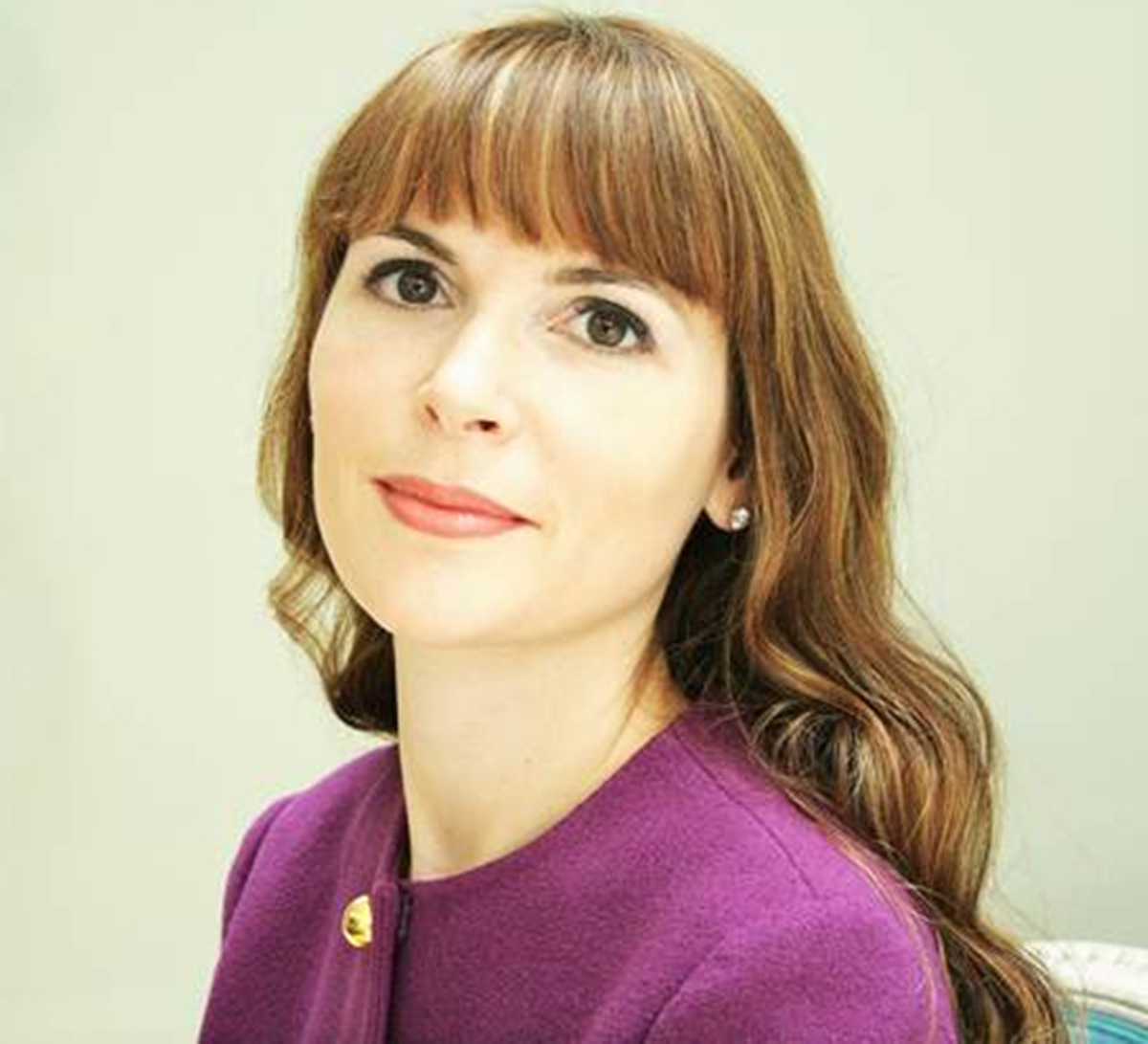Artists: KONRAD WYREBEK, EBERHARD HAVEKOST, TATJANA DOLL, FRANK
NITSCHE, BJARNE MELGAARD, MARIA BRUNNER, JOHN ISAACS
Venue: Gallerie Gebr. Lehmann, Lindenstraße 35 I 10969 Berlin
Exhibition Title:Face/OffDate: January 28 – 21 April, 2012
Video credit:MatthewMilesVideo.com
Seven different artistic positions are shown in the group exhibition Face/OFF at Gallery Gebr. Lehmann. Each position deals with the classical concept of the portrait, resulting in works that render multifaceted variations on—and abstractions of—this genre. Contrary to the traditional portrait’s objective of both creating a likeness of the subject’s body and showing a person’s character, the works in this exhibition dispense with conventional renderings of the portrait. The portrait becomes indirect, distorted, and thereby anonymous. This becoming-anonymous poses one question in particular: to what extent is the portrait capable of fulfilling its function as “true” depiction? Furthermore, what is made visible to the viewer gazing at the subject; what thereby enables a relation to the personality of the portrait’s subject?
A painting by Frank Nitsche assembles geometric forms and lines into an abstract composition, evoking associations of a skull or a figure from a comic book. An equally abstract appearance is achieved by the artist Konrad Wyrebek, who extracts faces from fashion photographs and transfers them in grey tones onto the canvas. In almost morbid caricatures, these exemplify a “dark glamour” that seemingly hides behind the facade of the flawlessly retouched fashion world. In her paintings, Maria Brunner covers depictions of female faces with colorful cutouts from other portraits, lending them a surreal depth. Here too, photographs from fashion magazines serve as templates to be transferred onto canvas, thereby drawing on the classical subject of portrait painting in more ways than one.
Tatjana Doll’s hidden self-portrait shows the artist with a mask, portrayed in triplicate on the canvas. Only the title gives any indication of the subject’s identity. The face—the primary vessel of human recognition—is concealed, the representative function of the portrait, interrogated.

A similar end is reached in Eberhard Havekost’s hand-offset Hotel. The paper shows to the viewer a self-portrait of the artist without really depicting him. What can a person’s portrait reveal about him when he isn’t even in the picture? The subject’s surroundings, in this case the anonymous hotel room, assume a substitutive role, replacing the person’s representation. The most intimate kind of portrait can be seen in Bjarne Melgaard’s graphical series. Roger Baptist, known as Rummelsnuff, a body-based Gesamtkunstwerk, is shown in full-on directness. Is it the art-figure or the person who is being portrayed here? John Isaacs chooses a ludically simplified form of depiction in his sculptural work. Basing his work on last year’s riots in London, the artist portrays an entire generation: without any prospects for the future, with an empty gaze going right “through the head” and into the unknown.
The positions brought together in this exhibition dismantle preexisting modes of portrait-making, yielding works that can be subsumed—despite their anonymity, their “lack of personality”, and their deconstruction of the face—under the traditional category of the portrait.




 Saving...
Saving...
3 Comments
Add Yours[…] rest is here: Face/Off exhibition Galerie Gebr. Lehmann, Berlin – Video in post … This entry was posted in Bez kategorii and tagged berlin, doll, frank, gallerie, john, […]
[…] See more here: Face/Off exhibition Galerie Gebr. Lehmann, Berlin – Video in post … […]
[…] the original post here: Face/Off exhibition Galerie Gebr. Lehmann, Berlin – Video in post … Comments […]